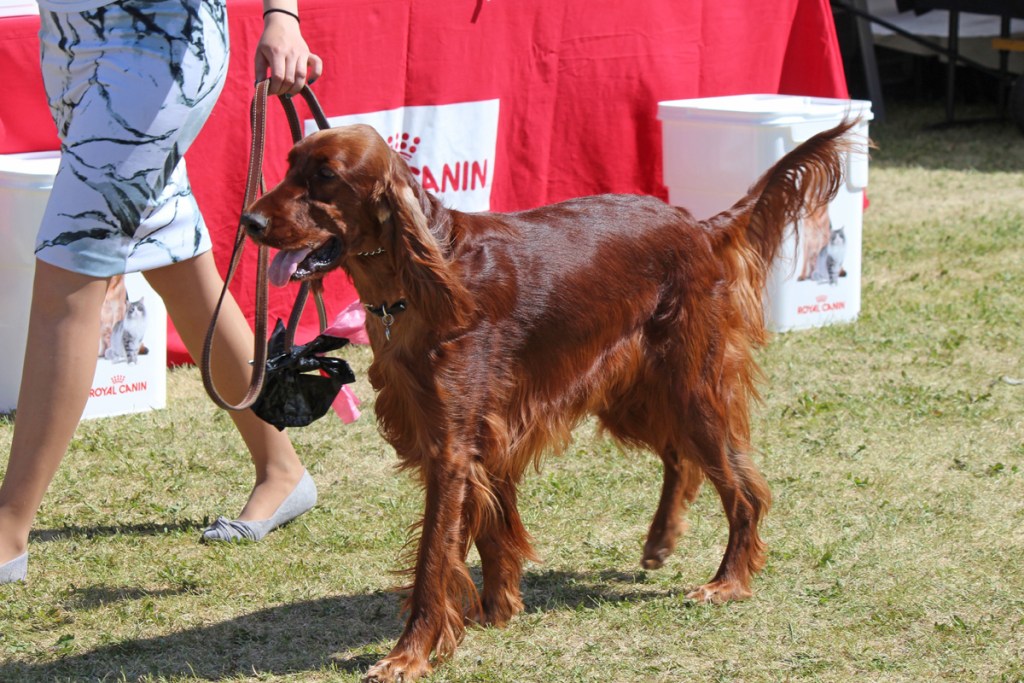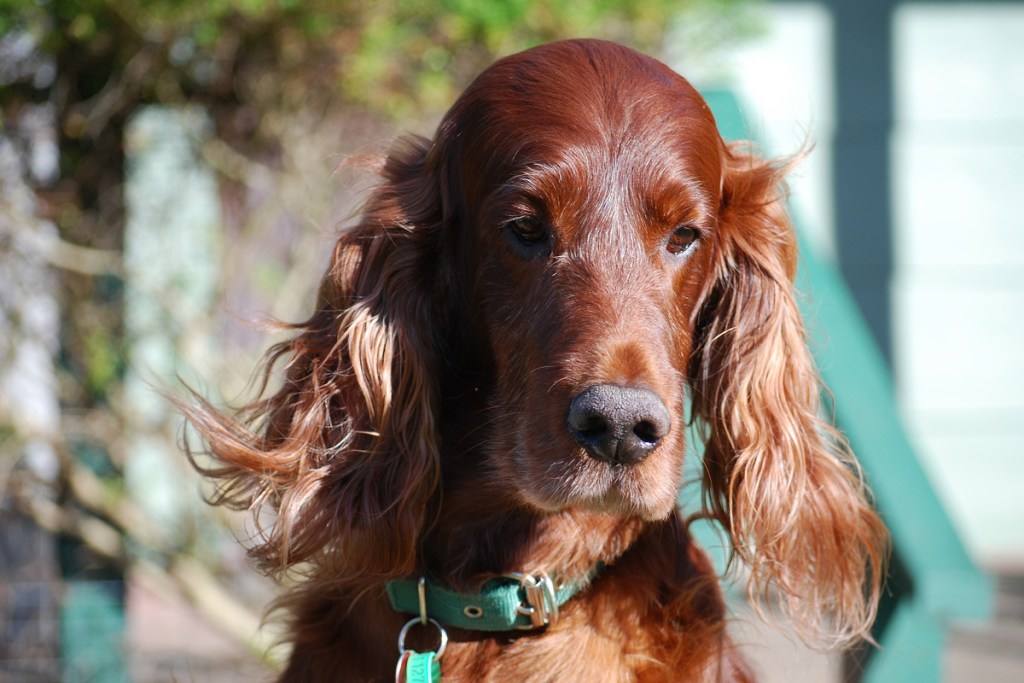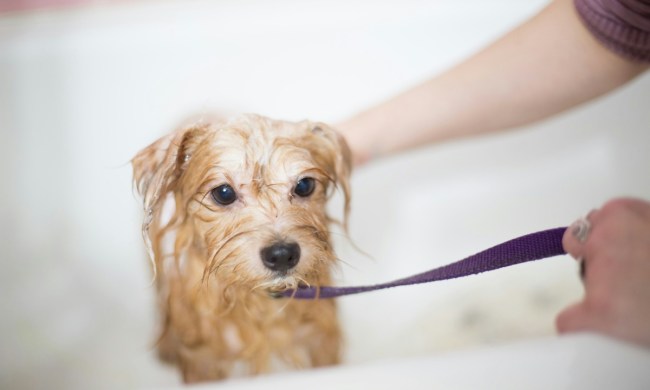Walk down the street with an Irish setter by your side and heads are sure to turn. This stunning dog breed has a graceful gait and gorgeous silky, flowing coat ranging in color from light chestnut to deep mahogany. A favorite on the show circuit, Irish setters have taken 11 first places in the sporting group at the prestigious Westminster Kennel Club Dog Show. These bird dogs are built for speed and stamina. If you’re looking for an active dog, then the Irish setter might be the perfect companion. Read on to learn more about these wonderful dogs.

Irish setters make terrific family dogs
The Irish Setters Club of America (ISCA) describes the traits of this breed as fun-loving, playful, and affectionate. According to the club, these are slow-maturing dogs who stay like puppies for a long time and retain their “merry Irish character forever.” They love being around their people and are always up for an adventure. Irish setters are naturally clean and easy to house-train if they are taken out at regular intervals.
Irish setters are people pleasers
This breed loves having a job to do and responds well to positive motivation training. They are smart dogs — sometimes smarter than their owners, according to the ISCA. Lots of care, patience, and love are required when working with this breed, and harsh corrections won’t soon be forgotten. It’s important that training is consistent and that everyone in the household is on board with the rules and commands to avoid confusing the dog. While Irish setters love to please their people, training sessions need to be fun and interesting to keep this breed from getting bored and distracted.
Irish setters excel at a wide variety of fun activities
The single most important factor in raising a happy and healthy Irish setter is to provide him with enough regular exercise, say ISCA experts. Running around in a fenced-in yard is not enough exercise for this breed. Allowing them to run free also isn’t a good option. Irish setters will follow their noses, and once they pick up a scent can quickly end up far from home. This breed will always be happy to see you grab the leash and harness, eager to accompany you on a long walk, jog, or hike. And if you’re looking to explore a wider range of fun activities, this canine athlete will make a wonderful teammate. Following are just a few activities that an Irish setter would enjoy:
- Dock Diving: Most Irish setters love the water, making dock-diving competitions a great option. This is an exciting sport with simple rules — you throw your dog’s favorite toy into the water while he watches from the dock. At your command, he sails into the water to retrieve his toy. The dog with the longest jump off the dock wins. According to the American Kennel Club (AKC), this could be two feet for beginners or up to 30 feet for seasoned athletes. Beginners can get started by reaching out to North America Diving Dogs to find local classes and events.
- Rally or Rally-O: This is one of the newest AKC sports, with participation increasing every year. Irish setters are a great choice for this activity because they are eager to please and love working. Each dog-and-handler team goes through a course, with the handler required to give the dog certain commands such as sit, down, stay, and turn at specific points along the course. Rally helps create a stronger bond between owners and dogs while also building on a dog’s obedience skills in a fun way. Beginners can get started by taking a class at a local AKC club.
- AKC Tracking Events: What could be more fun for an Irish setter than to use his natural tracking ability? In the AKC’s scent-tracking trials, dogs must find a specific scent hidden in a search area. The best way to get started in this sport is to reach out to a local AKC club.

If you decide that an Irish setter is a good fit for your lifestyle, it’s time to do some research. There are many wonderful Irish setters in need of homes through no fault of their own. You can find these dogs by doing a breed search on petfinder.com or through the Irish Setters Rescue group, an affiliate of the ISCA. If you opt to purchase your new puppy, be sure to avoid puppy mills and scams. By taking the time needed to make the right decision, you’ll be ensuring years of fun adventures for you and your newest family member.



